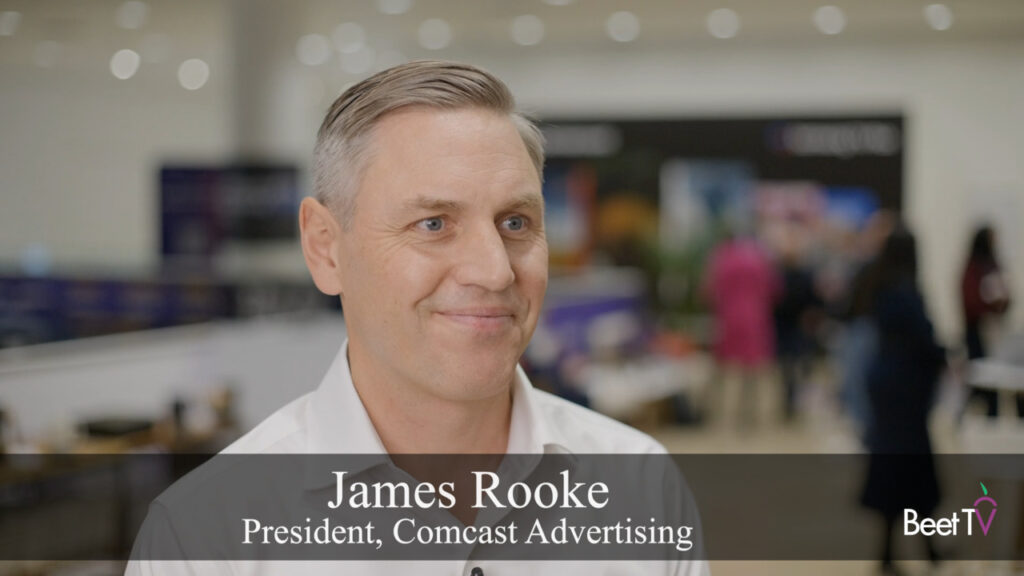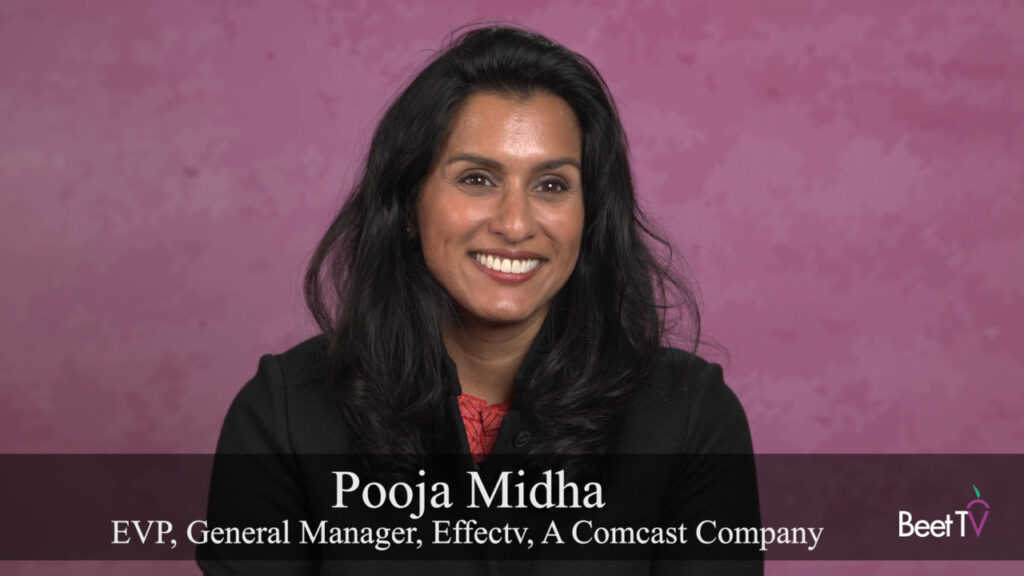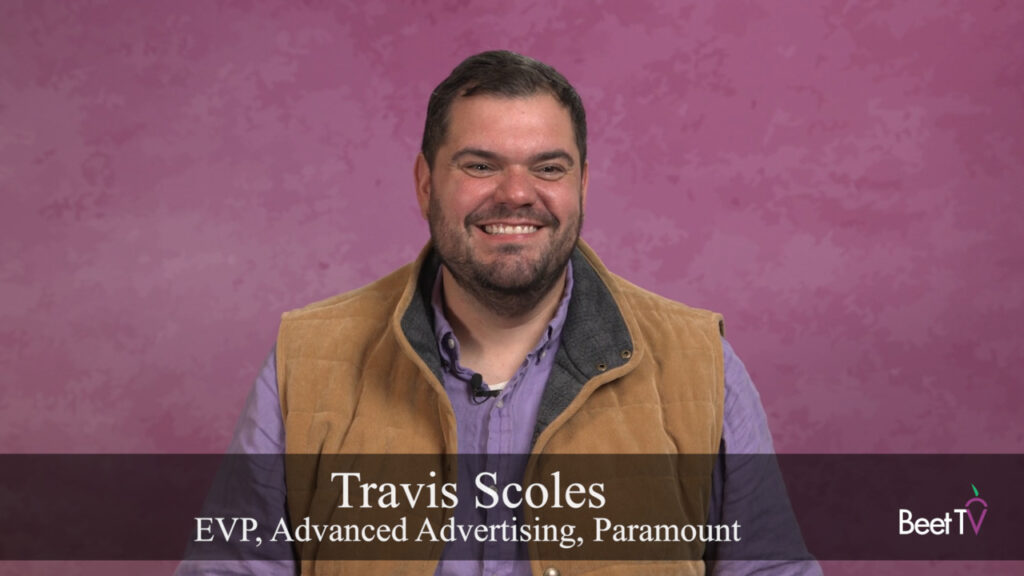Television viewers for years have enjoyed a growing selection of video channels, especially with the advent of streaming media to connected devices. Advertisers also have caught on to streaming, seeking to reach people who spend less or no time with traditional linear television.
“Now, it’s about how do we navigate that as advertisers to maximize our reach and deliver on the KPI’s that we ultimately are trying to achieve for our clients accordingly,” Brad Stockton, executive vice president and head of U.S. media investment solutions at Dentsu, said in this interview with Beet.TV contributor Rob Williams.
Popular streaming services such as Netflix, Disney+ and Amazon Prime Video that used to be ad-free have introduced ad-supported tiers, potentially giving brands greater access to more viewers. Because streaming channels are carried through the internet, there’s greater potential for interactivity.
“How do you take advantage of this new canvas that’s digital-enabled?” Stockton said. “How do you take advantage of these interactive ad units or these pause ads? We can actually really start to have a two way conversation and build relationships between our advertisers and the end consumer.”
Advertisers are faced with a learning curve in understanding how different streaming channels work, who they reach, what kinds of ad formats they offer and how they can improve audience targeting while also protecting people’s privacy.
“We should always be learning. That’s something that we have to be doing, especially in the streaming space,” Stockton said. “This way, our advertisers have the ability to say, ‘I want to try that one,’ or ‘I wanna wait a little longer. Let’s see how that one plays out.’ This way, they can be very choiceful, but they have options.”
You’re watching coverage of Beet.TV Leadership Summit with Dentsu, presented by Koddi, Samsung Ads, & The Trade Desk. For more videos from this series, please visit this page.

































